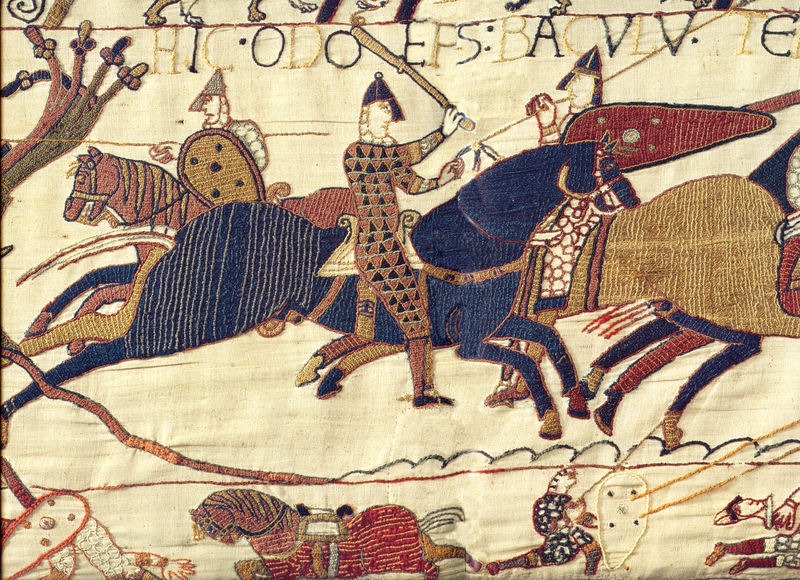Swordplay Knowledge: mounted weaponry
Aside from knowing your way around a sword, we also ask in the Green Spur that you have a basic knowledge of the types of weapons typically used from horseback:
- Describe two different types of cavalry sword
- Describe three alternate types of mounted weapons
Broadly speaking, any type of weapon you can manage to use while on horseback is a mounted weapon, but historically some have proven more useful than others.
Cavalry Swords
The two types of swords commonly seen in Mounted Combat in the Western European tradition have been the knight's longsword, which was covered in detail last week, and the cavalry sabre, which came into use later and lasted until horses were no longer used for battlefield charges.
Both these swords are strong cutting weapons, although the sabre typically has only one cutting edge to the longsword's two, is not as easy to couch in the thrust, and lacks the long grip and pommel useful for disarms. The advantage of the sabre however, is that its shorter, slightly curved blade is quicker and easier to draw from under the reins.
The measure closes fast from horseback, and the ability to switch from thrust to cut is an important feature of a cavalry sword. Anything longer than a longsword may as well be considered a lance when mounted. Greatswords were not used from horseback as they were too heavy to use one-handed. Rapiers might have been worn for show by mounted nobles, but their length and lack of cutting power would have made them impractical for mounted combat, as would the ornate guards which tend to entangle reins.
Other Mounted Weapons
As the segments from the Bayeux Tapestry at the top and below show, a variety of other weapons were used in mediaeval mounted combat.
Spear: Perhaps the oldest mounted weapon, the spear, both thrown and couched, has been used since the days of chariot warfare. These mounted polearms developed different shaped heads and shafts depending on their use. The jousting lance evolved from the spear, and its use continues in modern-day tent-pegging
Clubs and maces: There are several instances in the Bayeux Tapestry of ornate maces and simple wooden clubs. In later years mounted knights would often use a short-handled flail, mace or morning-star as a back-up to the sword.
Bows: Although there are visual depictions of mounted archers in mediaeval documents, there was not the same culture of horse-archery in the West as there was in Eastern Europe and Asia. Many of the archers in European armies were more like dragoons, riding to battle, but shooting from the ground. However, lighter cross-bows and stone-bows were used mounted for hunting and warfare in the Renaissance and Early Modern periods.
Grappling: Not a weapon as such, but grapples and throws were an important part of mounted combat. They were accomplished unarmed, or with pommels, spear shafts, or whatever part of a weapon was to hand.
Next week: the mechanics of mounted swordplay
Jennifer Landels, Maestra di Scuderia
Academie Duello Cavaliere Program




